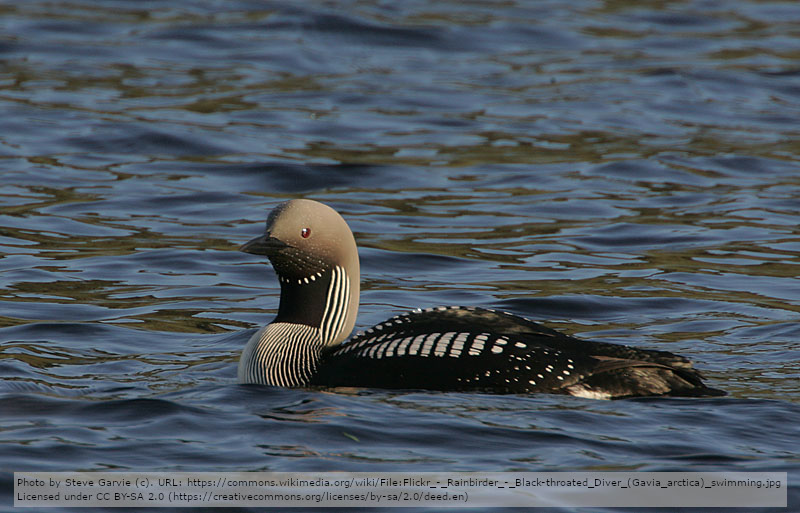Breeding success of the Black-throated Diver Gavia arctica in relation to water chemistry, acidification status, mercury content in fish, and surface area of lakes in South Sweden
DOI:
https://doi.org/10.34080/os.v10.22881Keywords:
climate effects, breeding biology, brood size, interspecific interaction, foraging ecology, pollution, anthropological effectsAbstract
We investigated the breeding success of Black-throated Divers in relation to water chemistry, acidification status, mercury content in Pike Esox lucius, and surface area in two study areas in South Sweden with 44 and 30 lakes, respectively. In both areas, divers nest at oligotrophic clear-water lakes and normally forage in their breeding lake. In one area, the majority of lakes was affected by acidification, but also target for liming since the early 1980’s in order to restore and maintain viable fish stocks. In the other area, most lakes were not affected by acidification. Average breeding success in the two areas in 1994–1997 was 0.46 and 0.66 ‘large’ chicks per pair, year and lake, respectively. This is on the same level or slightly higher than recorded in previous studies in South Sweden. In one of the areas there was an indication of lower breeding success in lakes affected by acidification. The difference was not significant but it should still be considered as no such tendencies were found in earlier studies in the same area in the 1970’s and 1980’s. The water chemistry parameters investigated were pH, alkalinity, total-phosphorus and water colour. None of them was significantly correlated to breeding success, nor was exposure of mercury, measured as content in muscle tissue of Pike. We conclude that variation in breeding success of Black-throated Divers between lakes rarely can be ascribed to variations in water chemistry, at least within the range normally observed in oligotrophic clear-water lakes in Scandinavia. Instead, other factors such as flooding of nests, predation and disturbance from recreation may be more important than any influence of water chemistry. We will not exclude, however, the risk of a slow but long-term decline in the breeding success in lakes affected by acidification. This potential problem needs closer monitoring.
Downloads

Downloads
Published
How to Cite
Issue
Section
License
The copyright of each contribution belongs to the author(s), but all contributions are published under a Creative Commons license, so that anyone is free to share and reuse the contribution as long as the copyright holder is attributed.







